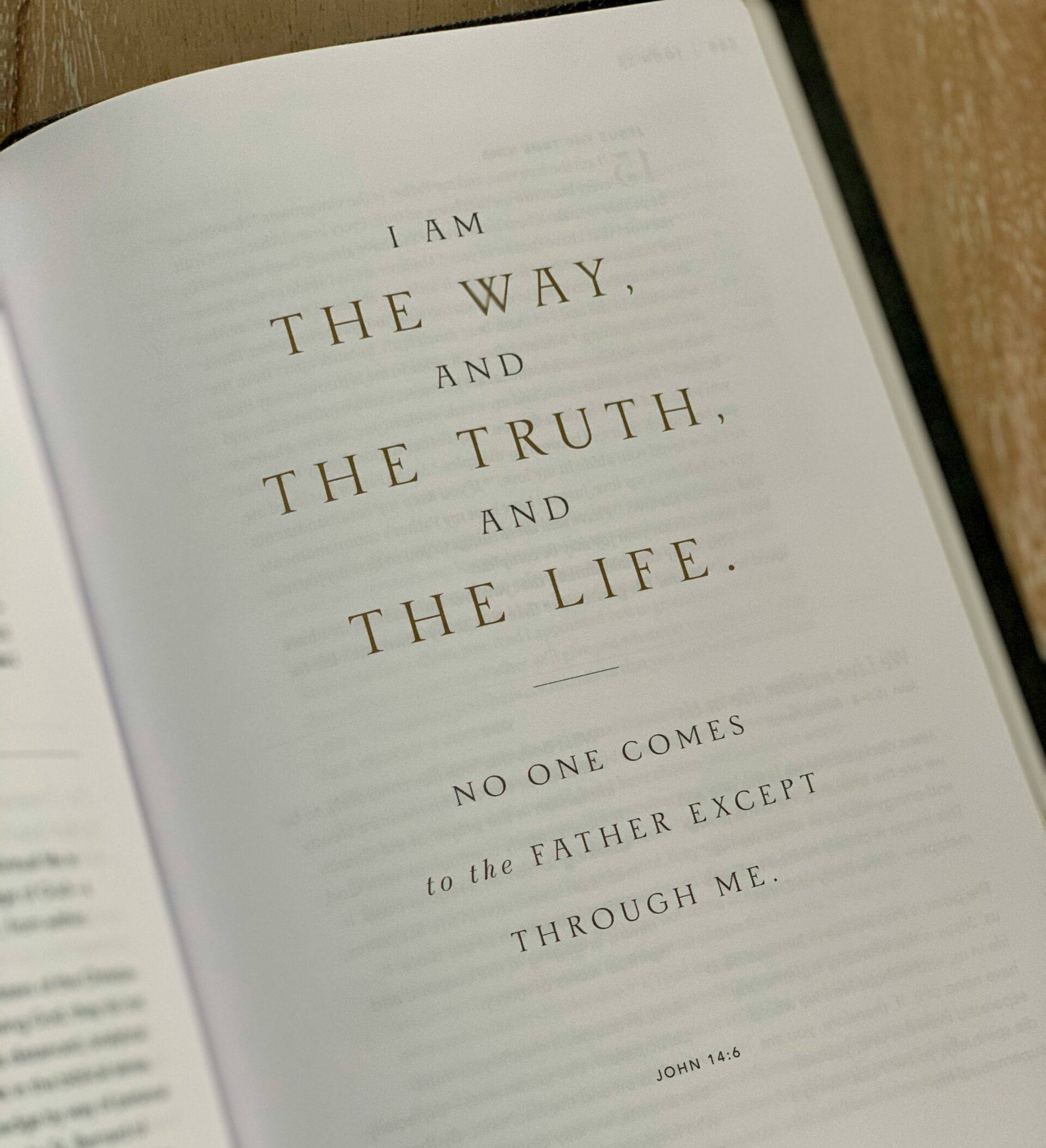The Beginner’s Guide to Prayer: Part 1
What is prayer, really?
Prayer isn’t just a spiritual checklist or a ritual before bed. It’s a conversation with our Father — a real, living dialogue with the Creator of the universe. Yet many believers treat God like a far-off deity, sending words into the air and hoping He’s listening. But prayer was never meant to feel distant. It’s meant to feel personal.
When we shift our mindset and view prayer as an ongoing conversation with God — not a task, not a performance, but communion — everything changes.
Prayer Is the Most Spiritual Thing You’ll Ever Do
Out of everything a believer does, prayer is the most spiritual act. It’s how we commune with the divine. And yet, so many Christians avoid it because they don’t feel good at it. They feel awkward, unfocused, or ineffective. So they settle for memorized prayers, books, or routines — which can help temporarily, but aren’t meant to replace intimacy.
The beauty of prayer is that God never asked for perfection — just participation. Romans 8:26-27 gives us the key to unlocking what real prayer looks like:
“Likewise, the Spirit helps us in our weakness, for we do not know what we should pray for as we ought, but the Spirit Himself intercedes for us with groanings which cannot be uttered.”
This verse reminds us that prayer is spiritual first, physical second. We don’t pray alone. The Holy Spirit helps us. Jesus intercedes for us. And the Father listens. Prayer involves all three Persons of the Trinity.
How to See Prayer Differently
When you pray, imagine sitting across from a real person — because you are. God is not an abstract force. He’s a person with emotions, thoughts, and a heart for you. He desires a relationship, not religious performance.
Prayer doesn’t exist because God needs to hear from us — it exists because we need to hear from Him. Every conversation builds intimacy. That’s how we grow in spiritual strength and learn His will.
Hebrews 4:16 reminds us,
“Let us therefore come boldly to the throne of grace, that we may obtain mercy and find grace to help in time of need.”
We no longer have to go through a human priest. Jesus is our High Priest. The Spirit empowers us to pray. God’s throne is open to His children — and that’s an honor we should never take lightly.
Learning to Pray: Start Simple
When I started to really grow in my prayer life, I realized something — prayer doesn’t come naturally. It must be taught and practiced.
Even Jesus’ disciples said, “Lord, teach us to pray.”
So if you’ve ever struggled, you’re not behind. You’re just learning what the disciples had to learn too.
There are a few simple frameworks that can help structure your prayers — not to make them mechanical, but to train your focus.
The ACTS model
- Adoration: Start by praising God for who He is.
- Confession: Admit your sins honestly.
- Thanksgiving: Express gratitude for what He’s done.
- Supplication: Bring your needs and the needs of others before Him.
Another model is the Five-Finger Prayer (praise, confession, thanksgiving, petition, intercession). Both help you remember what a balanced prayer life looks like.
At first, I used to mentally “check boxes.” Did I confess? Did I thank Him? Did I pray for others? Over time, it became natural. Just like any relationship, the more time you spend in honest conversation, the more naturally it flows.
The Key Components of Prayer
- Adoration – Begin with praise. It shifts your focus from yourself to God’s greatness.
Before confessing sins or asking for things, worship Him for who He is — not just what He’s done. Worship softens the heart and sets the tone for everything else. - Confession – Sin hardens the heart. It creates distance between us and God. Confession restores intimacy. 1 John 1:9 says, “If we confess our sins, He is faithful and just to forgive us our sins and cleanse us from all unrighteousness.”
- Thanksgiving – Gratitude builds joy and humility. Even on hard days, thank Him for what you do have — the air you breathe, the sunrise, His mercy that never fails.
- Intercession – Pray for others before yourself. This aligns your heart with God’s. When you pray for the lost, the broken, the hurting — your heart begins to feel what God feels.
- Supplication – Finally, bring your needs to Him. God already knows them, but He wants to hear your voice. Matthew 6:8 says, “Your Father knows what you need before you ask Him.”
Dealing with Distraction and Spiritual Focus
Distraction is one of the biggest struggles in prayer — especially today. Between phones, stress, and noise, it’s hard to stay mentally still.
But think of it this way: if you were having a deep conversation with a loved one and kept checking your phone, it would be rude. How much more so with God.
When your mind drifts, remind yourself — “I’m talking to the most important Person in my life.”
If you’re really struggling, tell Him:
“Father, I want to focus on You. Help me quiet my mind. Teach me to pray.”
HE WILL.
Reverence: The Forgotten Posture of Prayer
We live in a generation that treats everything casually — even God. But the Bible calls Him a King (Malachi 1:14). Hebrews describes His throne as holy.
Yes, God is your Father, but He’s also your Lord. He’s not your “buddy.” There should be awe and reverence when you speak to Him. (You’ll notice even the disciples
We are invited into His presence, but it’s a throne room, not a coffee shop. He is both intimate and holy. We can be honest — but never irreverent.
Final Thoughts: Prayer Is the Heartbeat of Relationship
Prayer is the believer’s lifeline. It’s not just communication — it’s communion. It’s how we grow, how we fight, and how we rest.
Over time, your prayers won’t sound like anyone else’s. They’ll sound like you — because your Father knows your voice.
So when you pray, remember:
You’re not speaking into the air. You’re talking to the living God, who bends His ear to listen.
“The Lord is near to all who call on Him, to all who call on Him in truth.” — Psalm 145:18
Stay Salty Christians 😉,







Read the Comments +